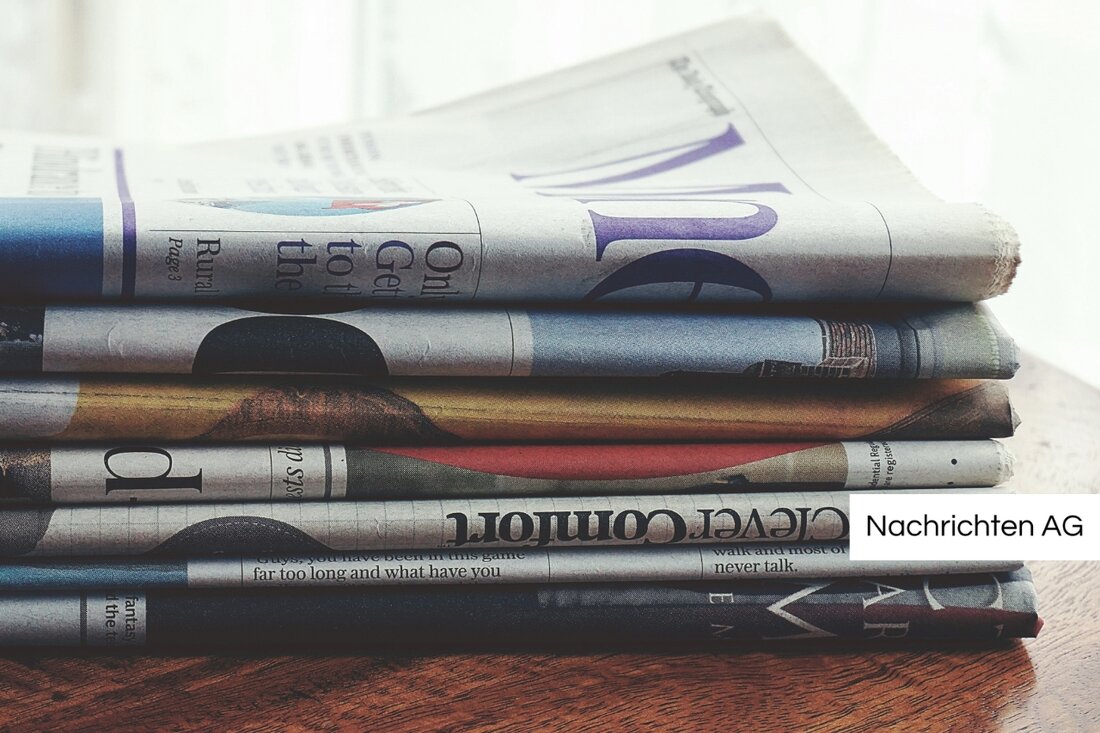Urgent debate: Penacho” stays in Vienna! Transport impossible!
New discussion about the fragile feather headdress "Penacho" in the Weltmuseum Vienna and its return to Mexico.

Urgent debate: Penacho” stays in Vienna! Transport impossible!
At the World Museum in Vienna, the Aztec feather headdress “Penacho” is at the center of controversial discussions about its possible transport and return to Mexico. The review of its transportability between 2010 and 2012, carried out by the Vienna University of Technology in collaboration with Mexican representatives, showed that the “Penacho” is not suitable for such a journey. The result of the investigation is alarming: the headdress can only be transported at a maximum acceleration amplitude of 0.04 grams, which underlines its fragility since it is made of quetzal feathers and over 1,500 pieces of gold and brass. Kleine Zeitung reports that an engineer was entrusted to evaluate a specific transport box as part of the “Eternos Retornos” project.
In her report, the engineer questioned the World Museum's limits and criticized the fact that the comparison with the transport of the "Tahitian Mourning Costume" by the British Museum in 2023 is not very meaningful. According to the director of the World Museum, Banz, the “mourning costume” is not only 200 years younger, but also more stable in its structure; it arrived without significant damage, while the Penacho could potentially suffer major damage.
History of the “Penacho”
The feather headdress is referred to as the “Crown of Montezuma,” but the World Museum considers this term to be misleading. According to the experts, it is actually a priest's headdress. Historically, the “Penacho” was found in the collection of Archduke Ferdinand II in 1596, and it is unclear exactly how it came to Europe and whether it actually belonged to Moctezuma. However, the connection between the “Penacho” and Mexican cultural heritage is undeniable, and since 1991 Mexico has requested the return of the valuable object on several occasions. Private return initiatives have also become more important, as Petra Bayr notes.
The historical analysis of “Penacho” is viewed as part of a larger discourse about the return of cultural assets of colonial origin. This discussion has gained momentum in recent years and is accompanied by calls for the withheld cultural assets to be returned to their countries of origin. In this broader context, it is important to note that since discussions about restitution began in the 1970s, more and more countries, including African states, have laid claim to their cultural artifacts. These restitution demands are part of a process in which museums and institutions are being asked to critically reflect on their colonial heritage, which is also supported by international conventions such as the UNIDROIT Convention, which considers the illegal trade in cultural property to be a violation of rights.
Current developments
The handover of the newly developed transport box to the World Museum is planned as part of Vienna Week. The crate is intended to ensure that the “Penacho” can be transported in the best conditions, even if the debate over its return continues. It remains to be seen whether the return of the “Penacho” will be influenced by current political and cultural developments in Mexico and Austria. The discussion about the return of cultural assets such as the “Penacho” therefore not only plays a role in the history and identity of Mexico, but also affects the pan-European museum system, which is increasingly coming under pressure to question the colonial roots of its collections and bring about changes. [Wikipedia].

 Suche
Suche
 Mein Konto
Mein Konto